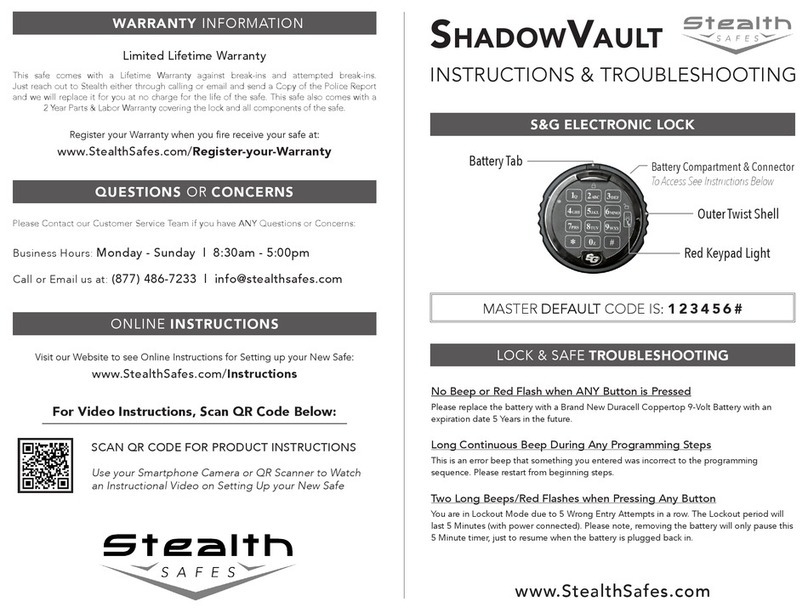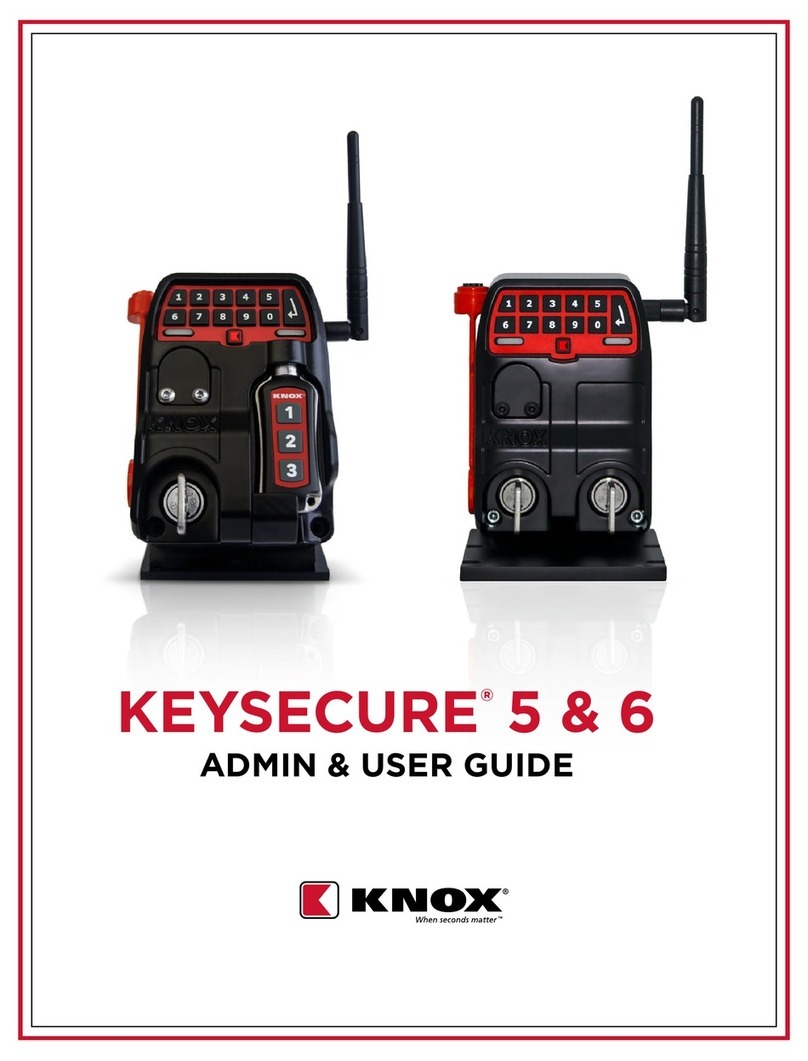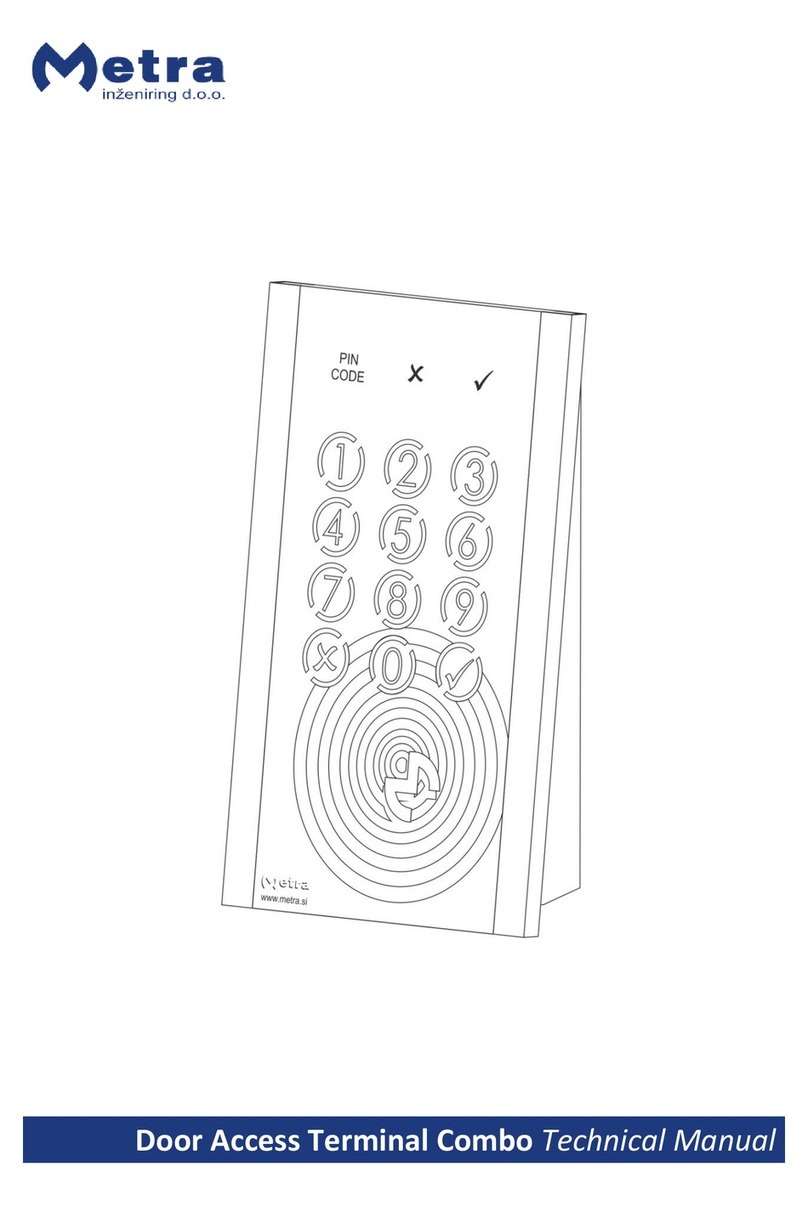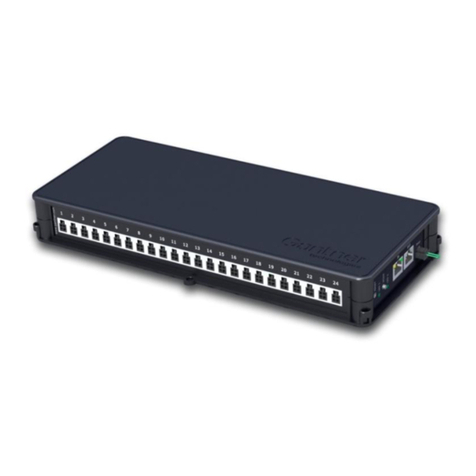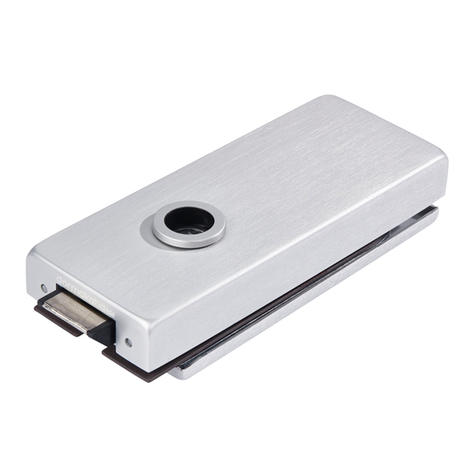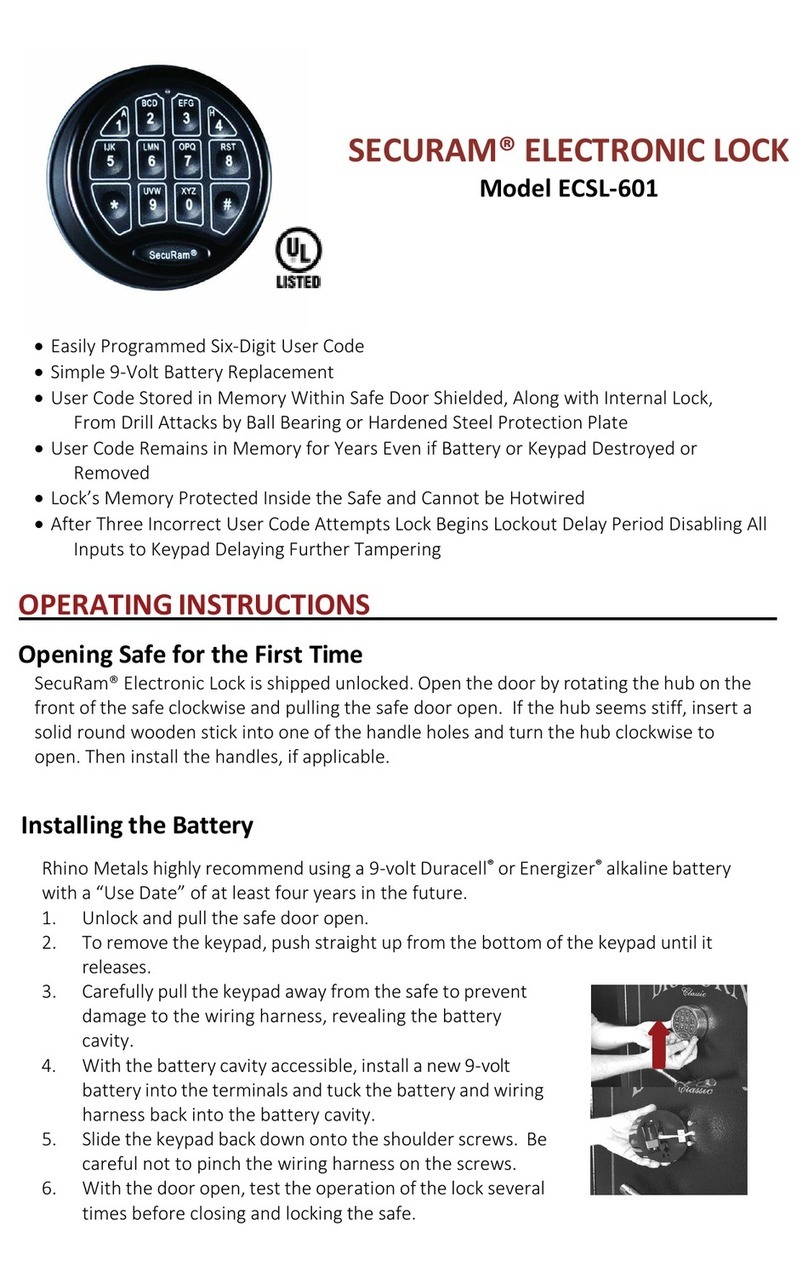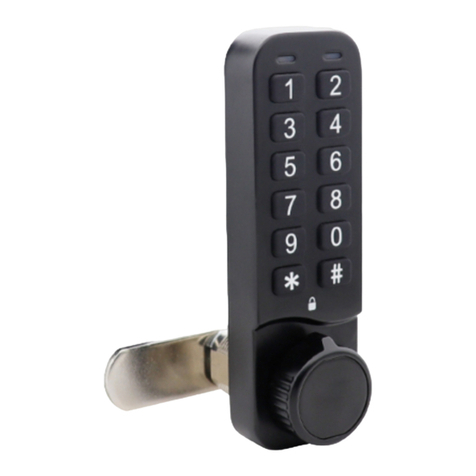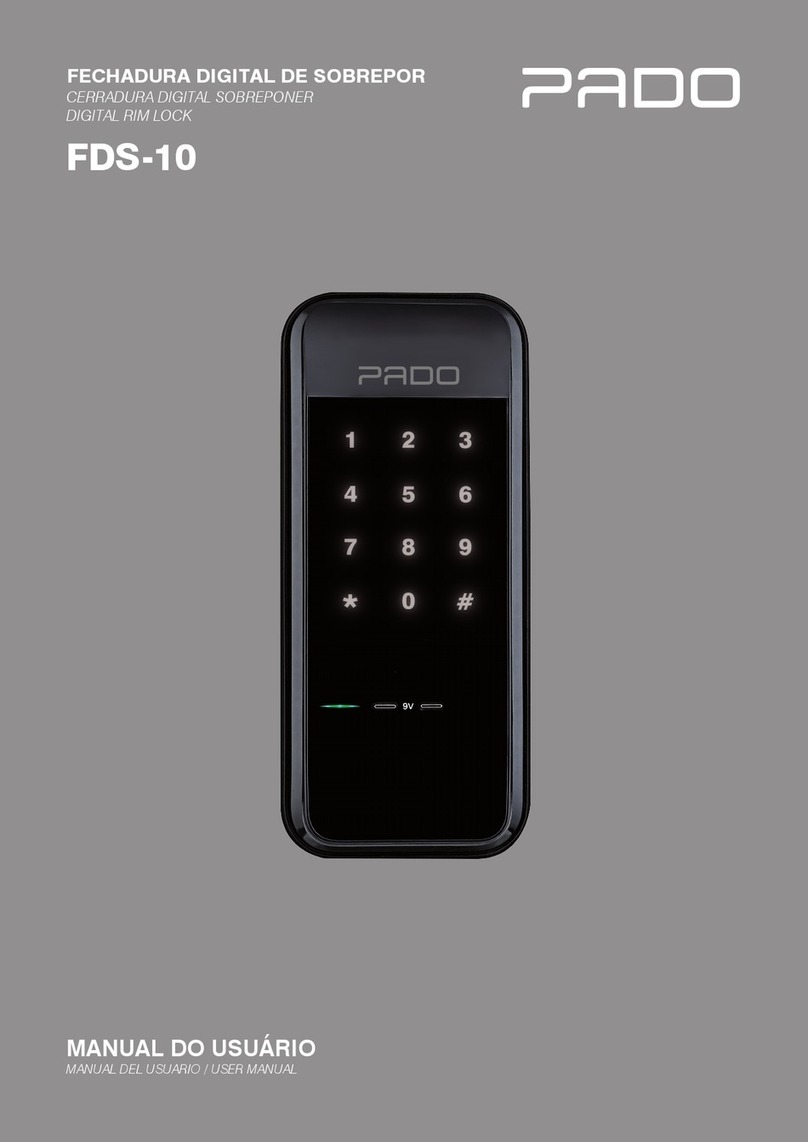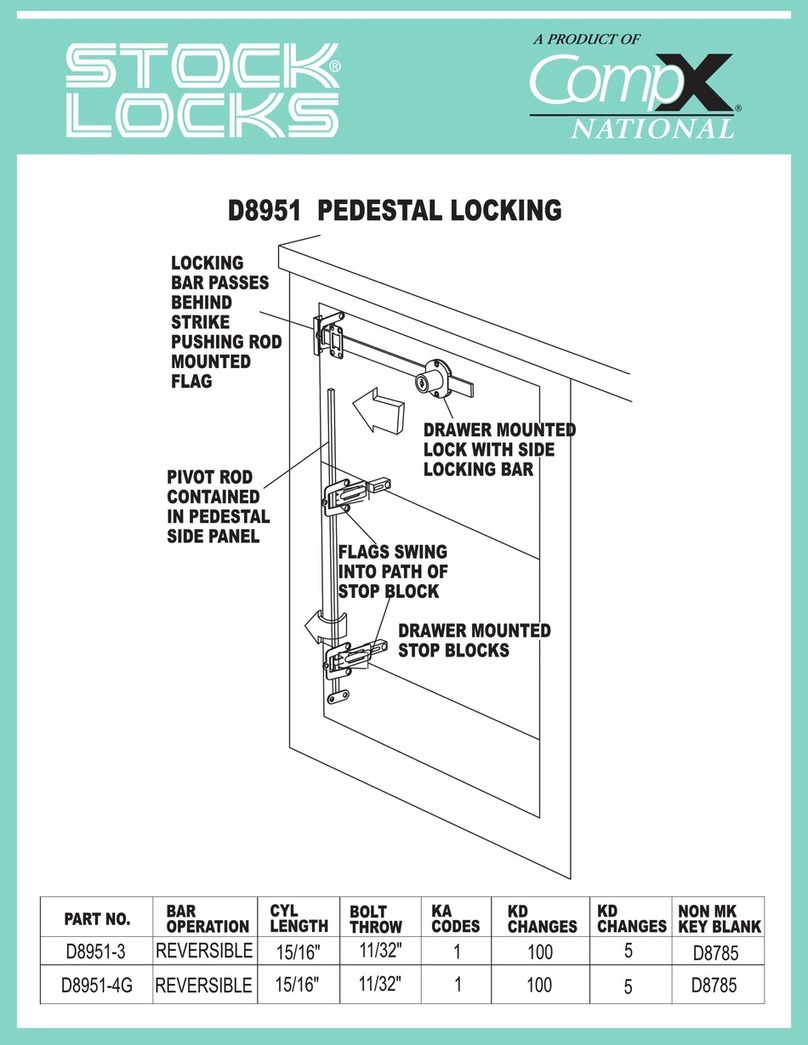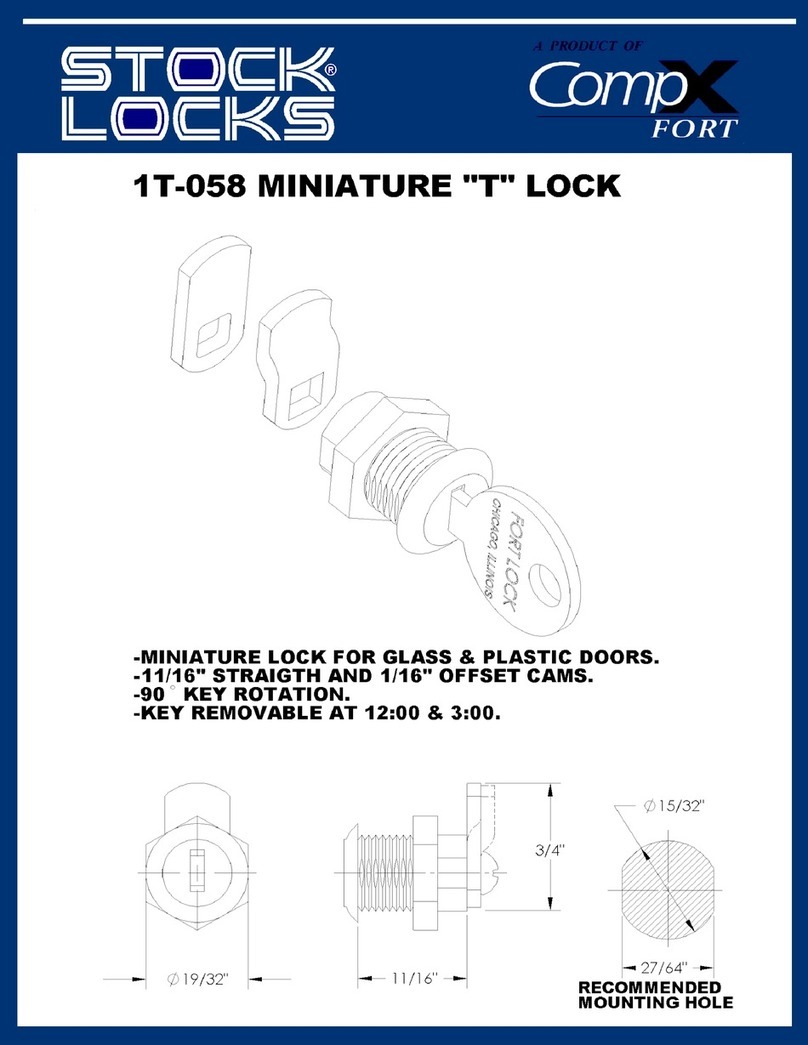
5 of 20 ISSUED: 04-05-11 SHEET #: 120-9105-1
Installation to Solid Concrete or Cinder Block
1
D
A
C
CUTAWAY VIEW
INCORRECT CORRECT
wall
plate wall
plate
plaster/
drywall plaster/
drywall
concrete concrete
Apply foam pad (E) to bottom of wall bracket (A).
Place wall bracket (A) on wall, resting on top of
display, and mark the center of mounting hole. Drill
a 1/4" (6mm) dia. hole to a minimum depth of 2".
Insert alligator anchor (D) into hole. Secure wall
bracket (A) to wall with security wood screw (C).
1
3
2
D
Drill holes and insert anchors (D).
Place plate (A) over anchors (D) and secure with screws (C).
Tighten all fasteners.
A
D
C
concrete
surface
• When installing Peerless wall mounts on cinder block, verify that you have a minimum of 1-3/8" (35 mm) of actual
concrete thickness in the hole to be used for the concrete anchors. Do not drill into mortar joints! Be sure to mount
in a solid part of the block, generally 1" (25 mm) minimum from the side of the block. Cinder block must meet ASTM
C-90 specifications. It is suggested that a standard electric drill on slow setting is used to drill the hole instead of a
hammer drill to avoid breaking out the back of the hole when entering a void or cavity.
WARNING
• Tighten screws so that wall plate is firmly
attached, but do not overtighten. Overtightening
can damage screws, greatly reducing their
holding power.
• Never tighten in excess of 80 in. • lb (9 N.M.).
• Always attach concrete expansion anchors
directly to load-bearing concrete.
• Never attach concrete expansion anchors
to concrete covered with plaster, drywall, or
other finishing material. If mounting to concrete
surfaces covered with a finishing surface is
unavoidable, the finishing surface must be
counterbored as shown below. Be sure concrete
anchors do not pull away from concrete when
tightening screws. If plaster/drywall is thicker
than 5/8" (16 mm), custom fasteners must be
supplied by installer.
WARNING
E
display
cinder block
solid concrete
G

